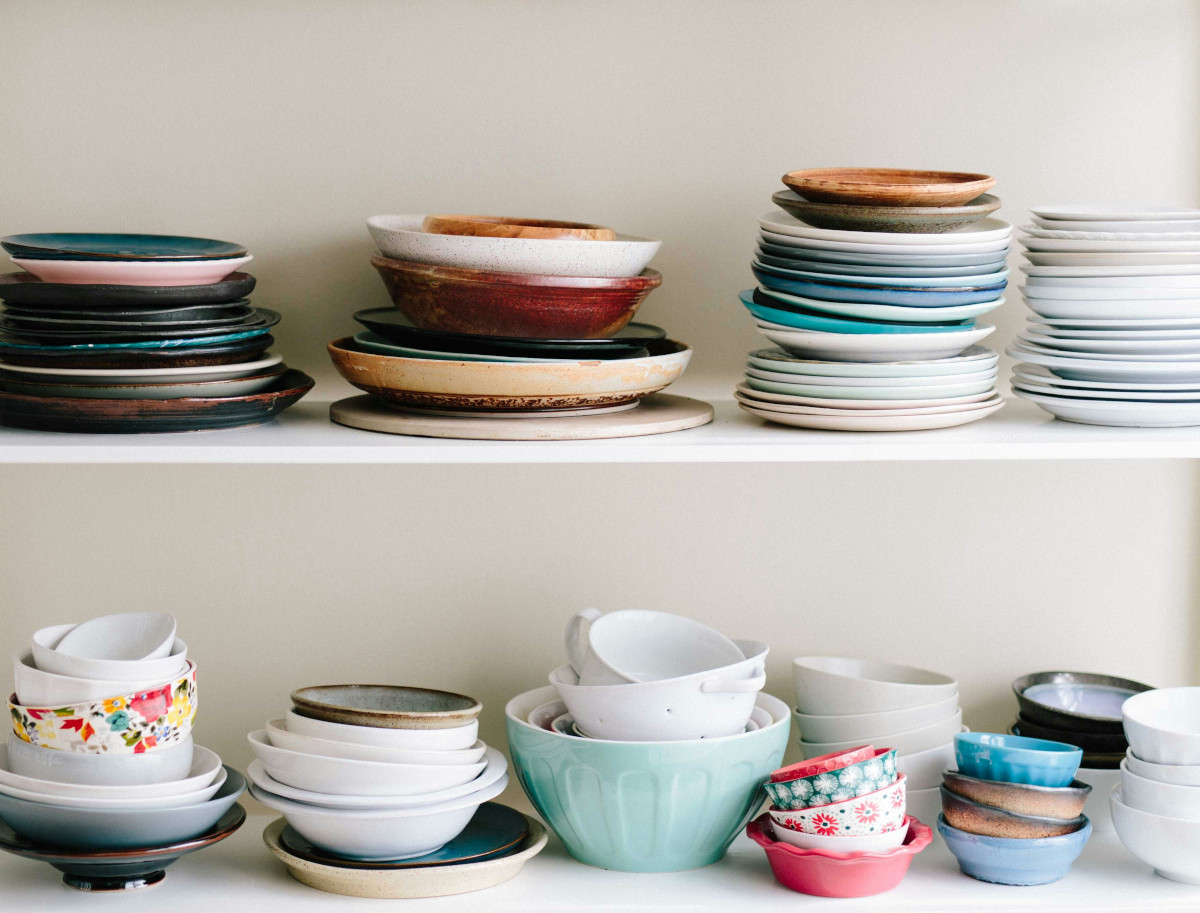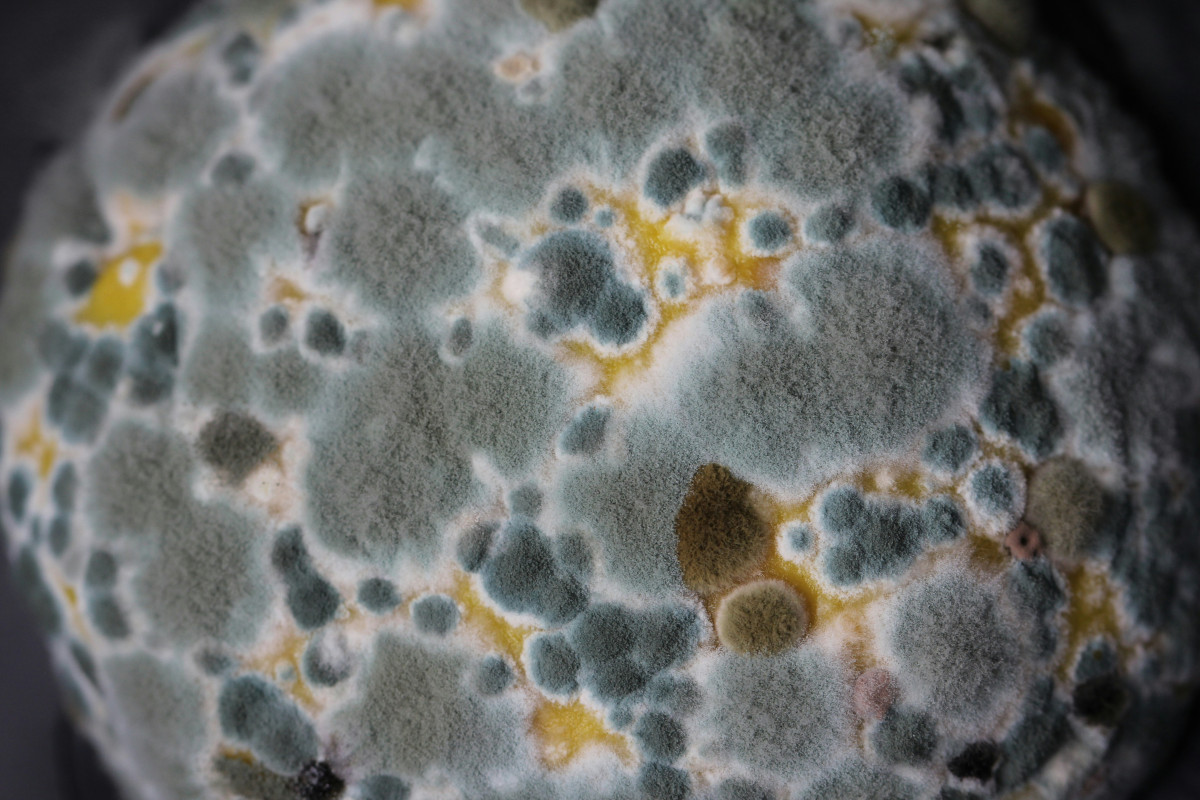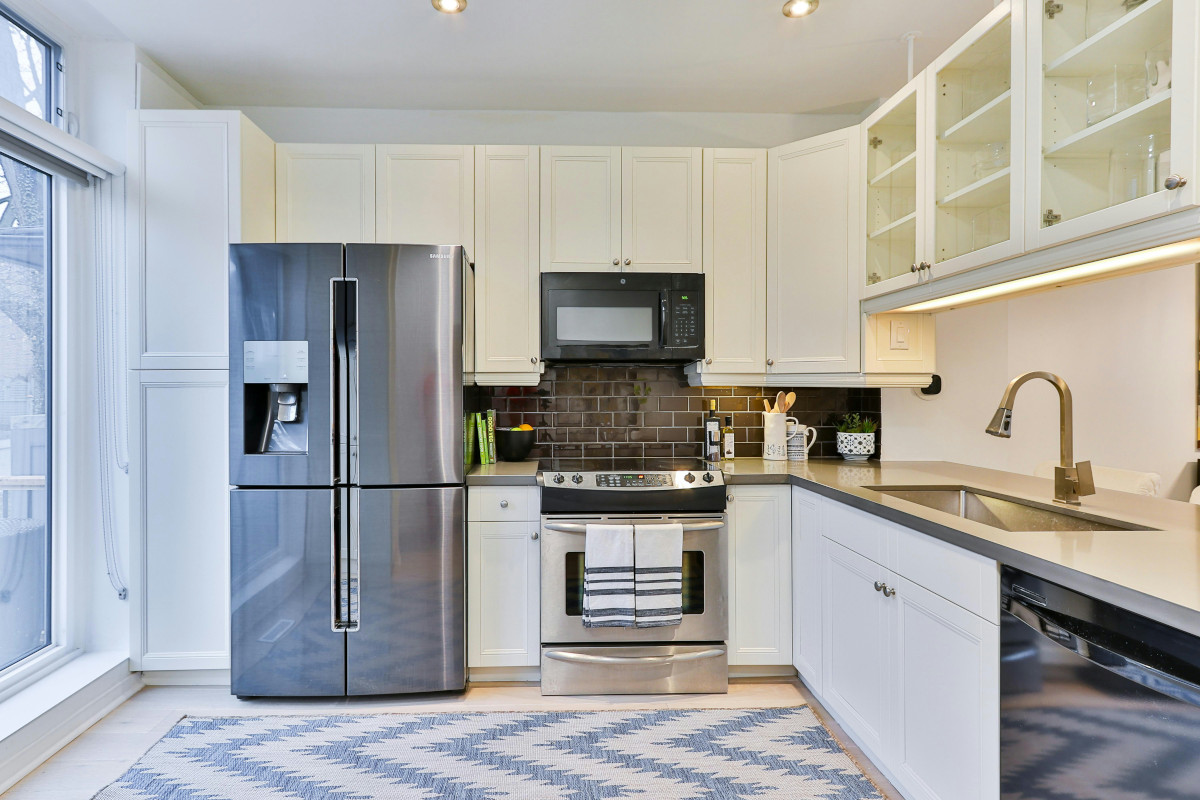How to Store Plates in Storage

Storing dishes can be stressful – especially if you have sentimental or expensive plates, glasses, or cutlery. You don’t want to unpack your goods down the road to discover cracks, chips, or worse – shattered dishes.
That’s not to mention how heavy plates are and how difficult they are to store. The good news is we’re here to make this easy for you as the #1 choice for Saudi Arabia storage. We’re going to show you how to store plates in storage below. It’s as simple as:
- Choosing the right box or bin
- Wrapping each plate the right way
- Stacking dishes so they don’t crack
- Adding cushioning to stop movement
- Labeling and loading your boxes correctly
Learn more about how to store dishes for storage so you can pack your goods with peace of mind. WheeKeep makes it as seamless as possible by bringing you a storage unit so you can pack it at your property. Then, we’ll come back and retrieve the container and keep it in our secure storage facility, where your dishes will stay safe and sound until you’re ready for them.
From portable storage units to on-site storage units, we have a solution for you no matter what your needs are. Book a unit today or get in touch with our customer care team to learn more!
How to Store Plates in Storage Safely
Storing plates takes a little more care than packing books or clothing since they’re so dense and fragile. Just one small bump can turn a full set into a box of shards. Here’s how to store plates in storage to protect them through a move, renovation, or long-term storage stint.
Wrap Each Plate Properly
The first thing you should do is clean your dishes thoroughly and give them ample time to fully dry. Any moisture trapped under packing paper can leave marks or weaken the material over time – not to mention lead to mildew.
Use thick packing paper, bubble wrap, or foam sheets. Don’t use newspaper, which smudges and offers almost no real padding. Lay a sheet flat, place the plate in the center, and fold the edges over until it’s fully covered.
Heavier dishes like stoneware should be double-wrapped to give the rim extra protection. Rims take most of the impact during transport, so padding them well does more for safety than stacking layers of paper on the flat surface.
A lot of our customers here at WheeKeep are hoping to learn how to store dishes for storage because they have fine china. Just go a step further and place a thin foam round between each dish. This will absorb pressure and prevent hairline cracks.
Stack Plates the Correct Way
Most damage happens because plates get stacked incorrectly. Don’t stack them flat inside the box. They’re more likely to crack when pressure hits the center.
Instead, place them on their edges, like records in a crate. This way, the weight is evenly distributed around the rim – AKA the strongest part of the plate.
Start with a thick layer of padding on the bottom of the box, then load the plates upright in a snug row. They should be tight enough that they don’t wiggle, but not so tight that you’re forcing them in.
Keep heavy plates together. Don’t mix different sizes. A large dinner plate pressing against a small dessert plate can cause uneven pressure that leads to chips.
Add Cushioning to Prevent Shifting
Empty space inside the box is your enemy when it comes to how to store plates in storage. Fill every single gap with crumpled packing paper, soft towels, or foam peanuts.
Press your hand gently against the sides of the box. You need to add more filler if you feel plates moving even a little bit. A tightly-packed box is way less likely to shift when it’s tilted or lifted later on.
It’s imperative to choose materials that don’t trap moisture if you’re storing dishes long-term. Towels and blankets can work for short moves, but we recommend paper or foam if you’ll be leaving your plates in the storage unit for months. These dry out faster, so there’s less mold risk.
Keep Weight Even Across the Box
A box full of plates gets heavy fast. Even with our seamless storage approach here at WheeKeep, you want to make life easier on yourself when it comes time to get the boxes from your home into the container.
So, make sure you’re spreading the weight so one side isn’t dramatically heavier than the other. This will minimize the chance of a box tilting or dropping when someone picks it up. Stop adding more plates when you reach a comfortable weight, which is usually a little over halfway full. You can then fill the rest of the space with padding.
Plastic bins are a good choice for storing dishes, but just make sure the bottom is reinforced. Some thin bins bow under weight, and that pressure can push plates together hard enough to crack them. The last thing you want is your plates crashing through the bottom of your box!
Seal and Label Your Containers
If you’re using cardboard boxes it’s important to use strong packing tape on every seam. Mark the box as “Fragile – Plates – This Side Up” on multiple sides so the message is clear, no matter how the box is stacked.
This step in how to store plates in storage will also make it easier to identify which containers need gentler handling when loading or retrieving items from storage. You might even want to label exactly what’s inside, such as:
- Everyday Plates
- Serving Platters
- Holiday Set
- Coffee Mugs
- Etc.
This way you can quickly find what you need most when unpacking.
Pick the Best Storage Environment
Plates hold up well over time compared to fabric items like furniture or clothing. But, it’s still worth investing in peace of mind with a climate-controlled unit. Heat and humidity may not affect the plates or dishes themselves, but these variables can impact the cardboard boxes they’re stored in.
A climate-controlled unit keeps your boxes stable, dry, and far less likely to develop mold or odors. We have everything from ambient storage units to fridge storage units here at WheeKeep, and can help you choose the right one.
Transport and Load Boxes Carefully
Most of the work is done – now you just need to get your packed boxes inside the storage container safely. The way you move your packed dishes matters as much as the way you wrap them.
It’s easiest to pack boxes with dishes on an elevated surface, like a table or hutch. This way, you don’t have to get them all the way off the ground. Lift from the bottom and keep the box upright so plates stay in their protective position.
Avoid stacking heavy items on top when loading into the storage unit or a vehicle. Dish boxes should be positioned at waist height when possible to minimize the risk of crushing/sliding during transport.
As for how to organize your storage unit, give your boxes of dishes a stable spot where nothing will shift onto them. Shelving within the storage container can help here. Just make sure you choose shelves that can handle the weight and won’t bow over time.
Why Choose WheeKeep For Self-Storage?
Now that you know how to store plates in storage, it’s time to take the next step with WheeKeep – the #1 choice for all your storage needs in Saudi Arabia. We do things differently to make the experience as simple and convenient for you as possible.
Instead of driving across town and hauling everything yourself, we bring the storage unit right to your home or business. You pack at your own pace, lock the unit, and we take it to our secure facility. Or, we can leave it on site if you’d like access to your goods more readily.
We have ambient storage units with steady temperatures for long-term storage, and our fridge storage units protect heat-sensitive goods like electronics or lab equipment. Whether you’re looking for business storage or moving storage units, we have you covered.
Everything stays sealed, monitored, and protected so your items stay in the same condition you packed them in. Our facility is monitored 24/7 so you can enjoy peace of mind. Reach out now and learn more about why WheeKeep is the top choice for Saudi Arabia storage solutions!
Parting Thoughts on How to Store Dishes For Storage
That does it for our guide on how to store plates in storage. We know it can be stressful, but it’s as simple as padding every plate, packing them upright, and keeping the boxes stable so nothing shifts while they’re stored away.
You won’t have to worry about chips or cracks when you follow the tips we’ve laid out in this guide! You can find more tips for using a storage unit in our blog, such as how to store appliances in storage.
Otherwise, it’s time to get started now that you know how to store dishes for storage. Reach out now for one-on-one support picking the right unit or book your WheeKeep today!
Related Blogs

How to Prevent Mold in a Storage Unit
There are plenty of things to worry about when locking your goods away out of...
Read more
How to Store Appliances in Storage
Every day, we show customers how to store appliances in storage. But many find choosing...
Read more
How to Store Carpets in Storage: Rug Storage Ideas
You're renovating, moving, or preparing for an extended trip abroad. But you're worried about storing...
Read more
